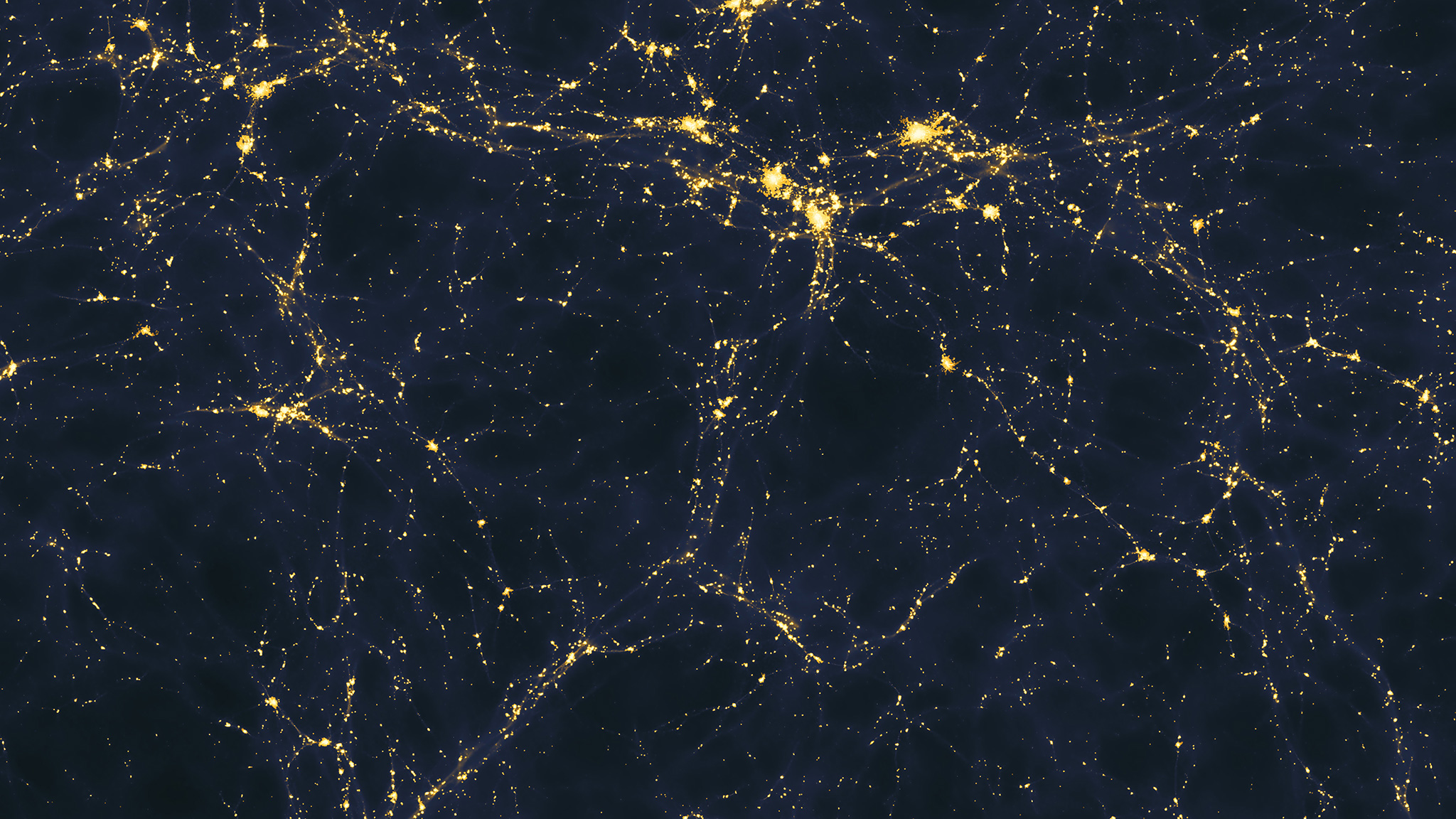New Supernova Analysis Questions Dark Energy, Cosmic Acceleration

Credit to Author: Michael Byrne| Date: Fri, 15 Sep 2017 15:00:00 +0000
One of my personal favorite features of the universe is that it is at this moment being ripped to shreds. Granted, it’s so far a very slow ripping, but, thanks to a peculiar property often referred to as dark energy, the universe is not just expanding, but it is accelerating in its expansion. It will continue to do so, which means that as time increases, it will expand faster and faster. Eventually all of this ripping will render existence an endless expanse of cold nothingness. Space will have been shredded and scattered to infinity.
This is a still pretty new understanding. Though Einstein kinda-sorta predicted it, it wasn’t until the 1990s that observations of distant supernovae indicated to astronomers that space is receding from itself, that there is some fundamental-seeming driver―commonly referred to as dark energy―that makes empty spaces want to become bigger and emptier. The evidence was that light from these supernovae appeared to be redshifted, a phenomenon where life waves become stretched out as a light source moves away from the observer.
According to a paper published this week in the Monthly Notices of the Royal Astronomical Society, we might just be wrong about all of this. The accelerating expansion may just be a sort of illusion driven by an incorrect assumption about the nature of the distribution of mass across the universe. As cosmological assumptions go, it’s a big one: The universe will remain, on average, smooth and uniform in all locations and from all perspectives.
Maybe not?
In more technical terms, we’re talking about the cosmological properties of isotropy and homogeneity. Together, they form the cosmological principle, which is mostly supported by the apparent uniformity of the cosmic microwave background. What the authors behind the current study suggest is that maybe the cosmological principle is bunk, and, if this is the case, then observations of distant supernovae take on a different meaning because we can no longer assume that the universe looks about the same for every observer in every location.
“While the remarkable isotropy of the CMB points to an initial state with a very high degree of smoothness, the late epoch Universe encompasses a complex cosmic web of structures,” the paper notes. “It is dominated in volume by voids that are threaded and surrounded by clusters of galaxies distributed in sheets, knots and filaments.” In other words, space doesn’t really look all that smooth and uniform after all.
The researchers’ alternative has a name: the timescape scenario. Because matter distributions may differ across the universe, different observers and different points within that space can be imagined to have their own relatively independent clocks (per Einstein, gravity bends light and so it bends time). With different notions of time, these different locations will then have different notions of cosmic expansion.
The study doesn’t read like a classic crank/contrarian screed and the authors seem willing enough to concede that there may well be nothing to it. It will just depend on more data. In the meantime, the timescape scenario may at least serve as a “diagnostic tool” or alternative perspective that can help astronomers better test current understandings of the large-scale structure of the universe.